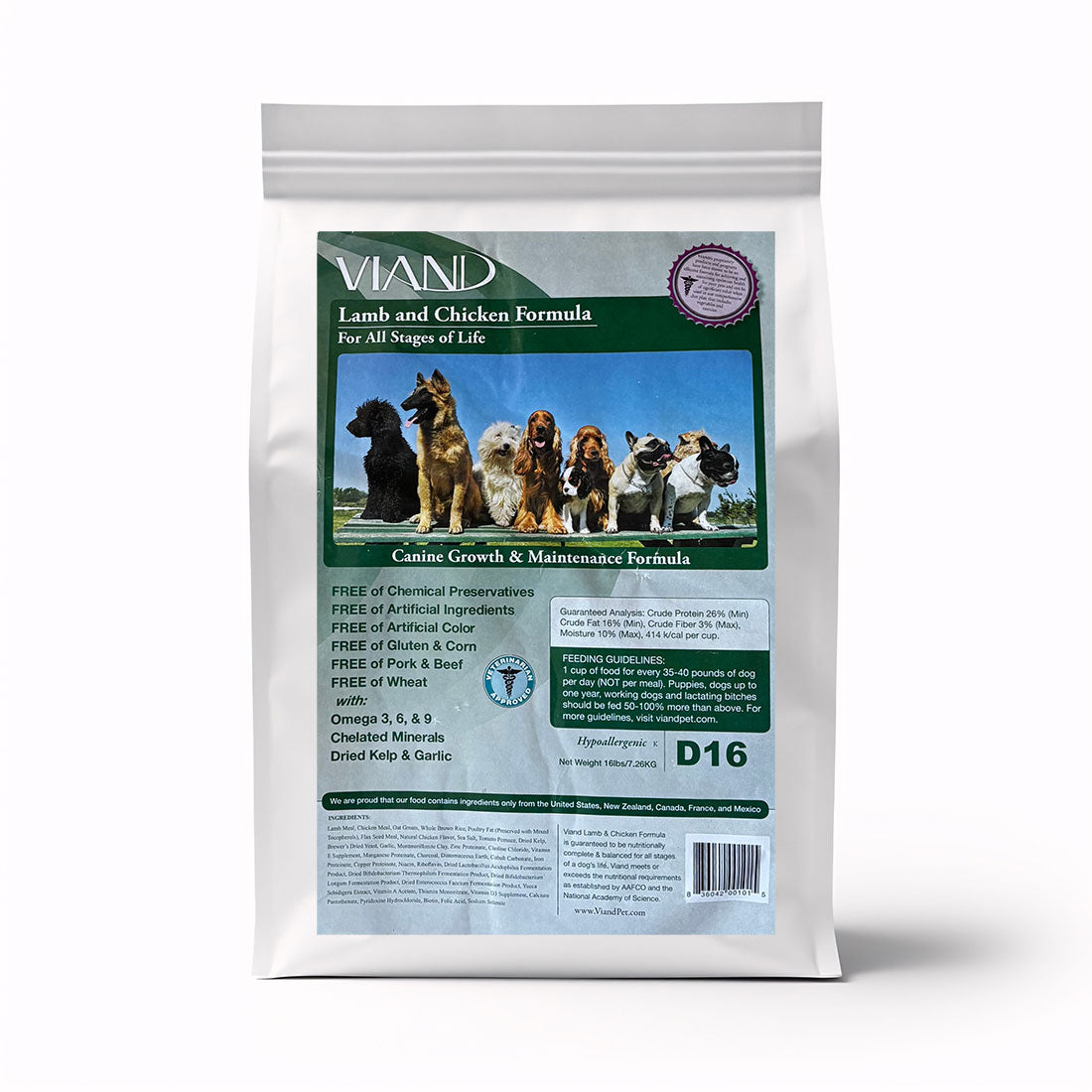· By Scott Pollak
Treating Ear Mites
Brought to you by William Pollak D.V.M.
and the Fairfield Animal Hospital
“Holistic & traditional approaches to support the best of animal health.”
Ear mites are common in cats and dogs. Cats usually start them, and they’re the last to be treated. Direct physical contact is an important part of transmission from one animal to another. A cat with ear mites will scratch its ears frequently, and a deposit that looks like dried coffee grounds, black, gray or even white will form down in the ear canals. A dog will scratch and shake its head, and its ear canal may look quite red and inflamed. Bacterial and fungal infections secondary to ear mites is another layer of imbalance. Reducing redness and inflammation from the secondary infection is the first order of business, as medications and remedies that help kill ear mites can sometimes act as an irritant to a sensitized ear canal.
Homemade, natural, Ear mite treatment suggestion:
Step 1:
Make a mixture of 1/2 ounce of almond or olive oil and 400 IU vitamin E in a dropper bottle. Warm to body temperature and put about 1/2 dropper full in the ear, massaging the ear canal well for a minute or so. Let your pet shake its head and then gently clean out the opening with cotton swabs. Q-tip type applicators may compact material already in the ear canal. Apply the oil every other day for six days. Then let the ears rest for 3 days. (The oil mixture will smother many of the mites and start a healing process.)
Step 2:
Using a tincture of the herb Yellow Dock, dilute it with water (9 drops to 1 tablespoonful of water). Treat the ears with this mixture, as described above, once every 3 days for 6 weeks. Ear mite eggs are quite resistant to just about anything after they have already hardened, that is why a six-week period of treatment is recommended. The eggs will continue to hatch out in cycles and if medicine is present for six continuous weeks (medicine administered will last for four days) there will be no more eggs present.
You may need to thoroughly shampoo the head and ears (and the tip of the tail), because the mites can leave the ears; they do like to go for night trips to check out the terrain and might crawl back in after treatment. The tip of the tail may have a few mites from when it is curled near the head. Make a tea infusion of yellow dock and use it as a final rinse.
Generally a healthy animal will have fewer problems with ear mites, so improving the diet will help in prevention and recovery. Feeding a natural raw meat diet or a super-concentrated, preservative free commercial diet like Viand will improve the overall health and reduce the likelihood of frequent parasitic infections. Supplementing with garlic and brewer’s yeast is especially helpful.


